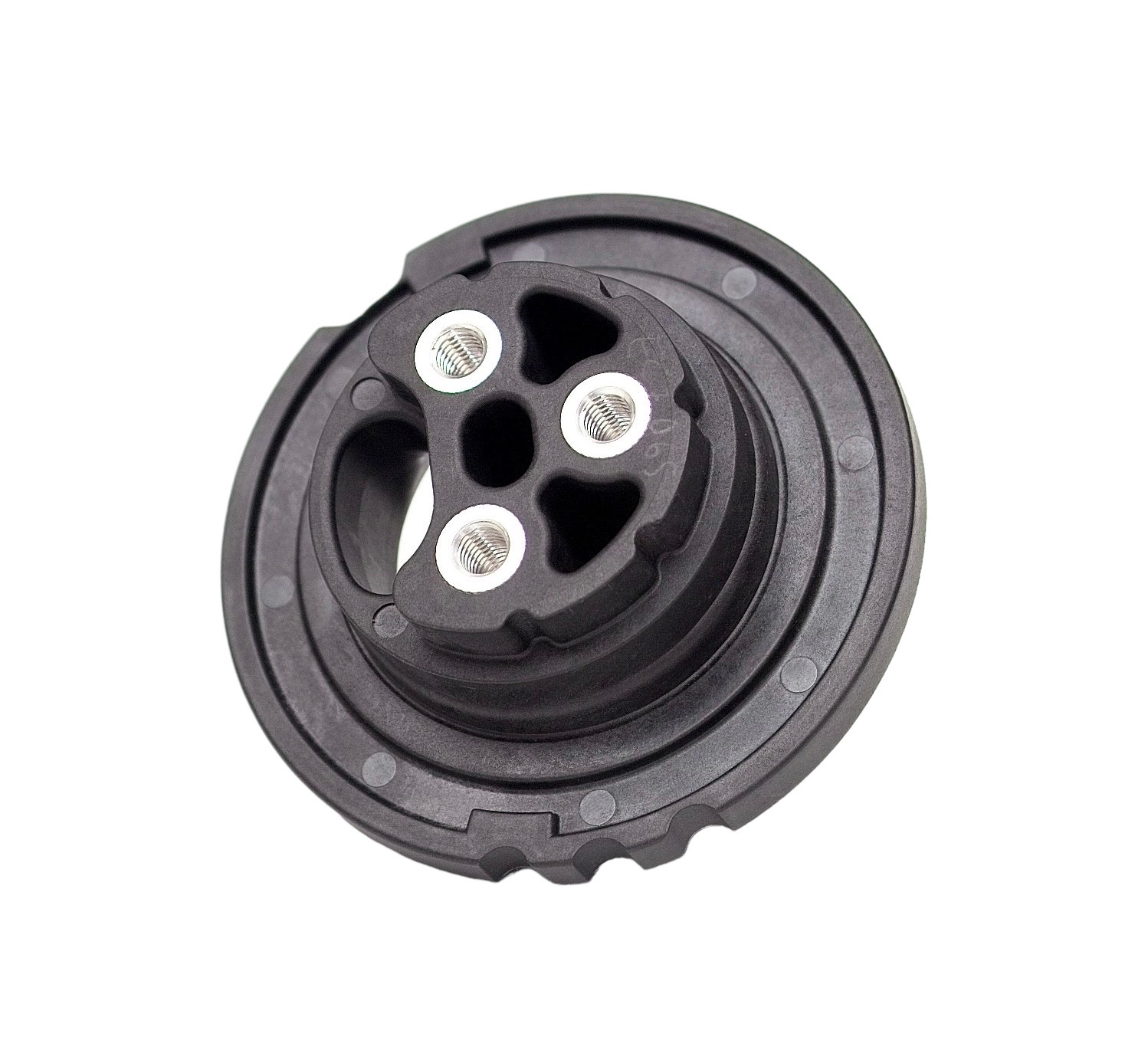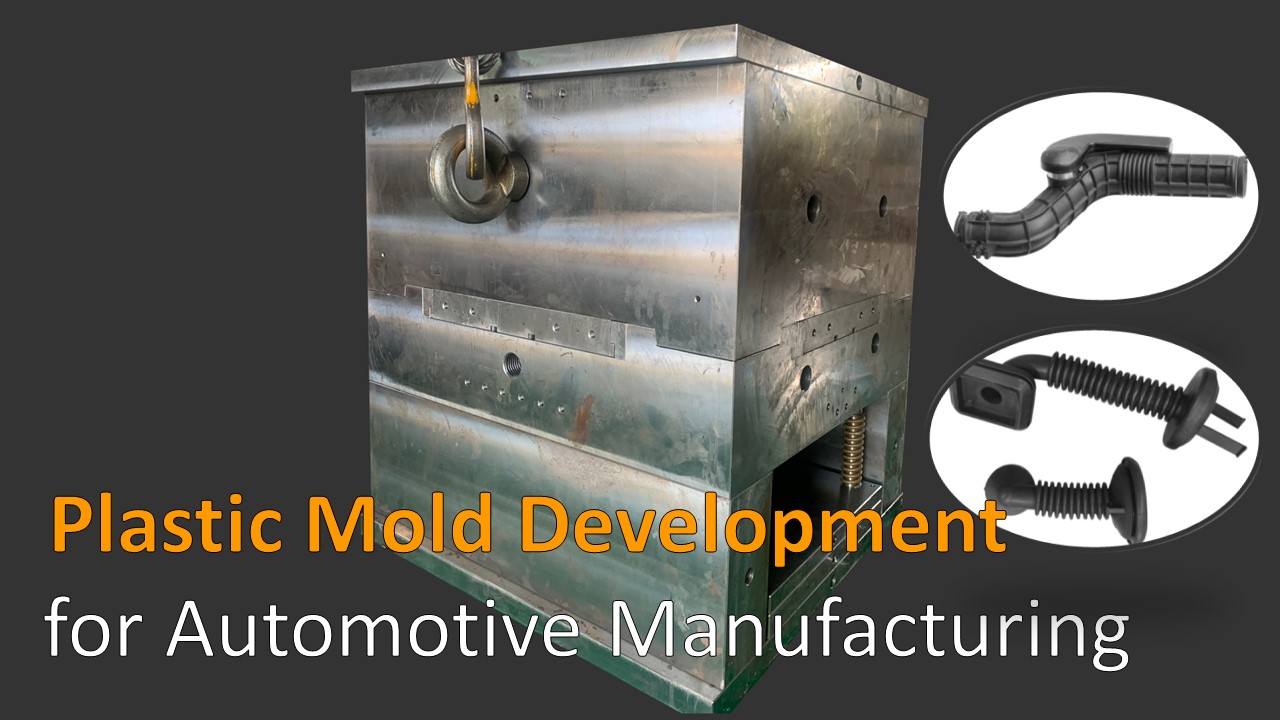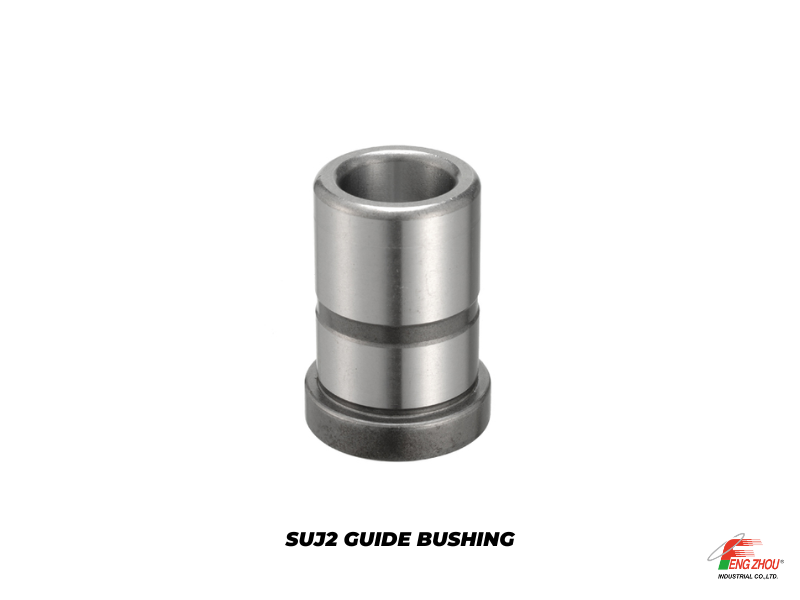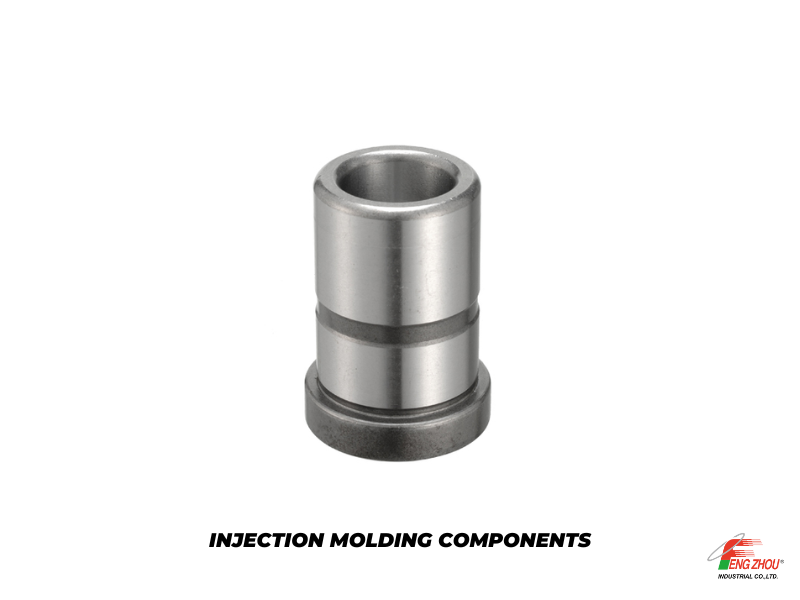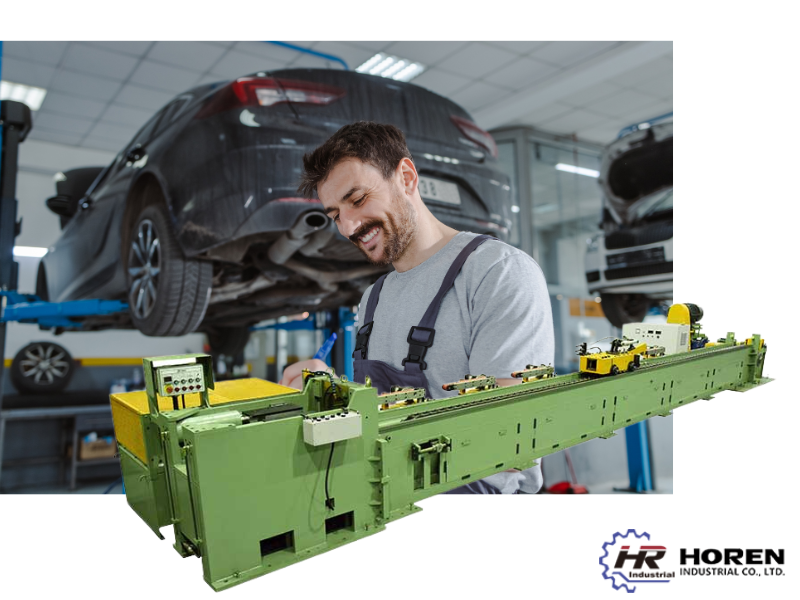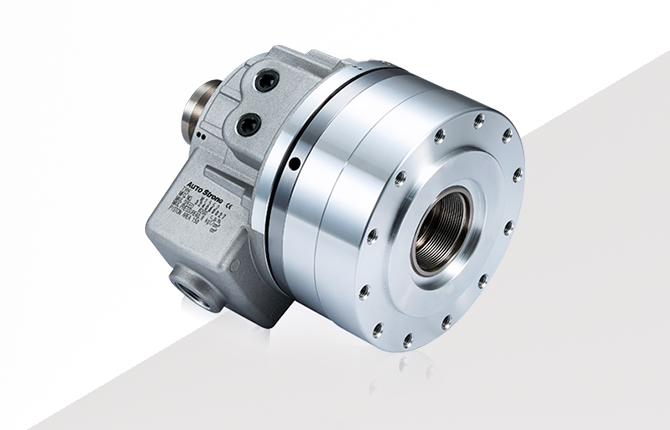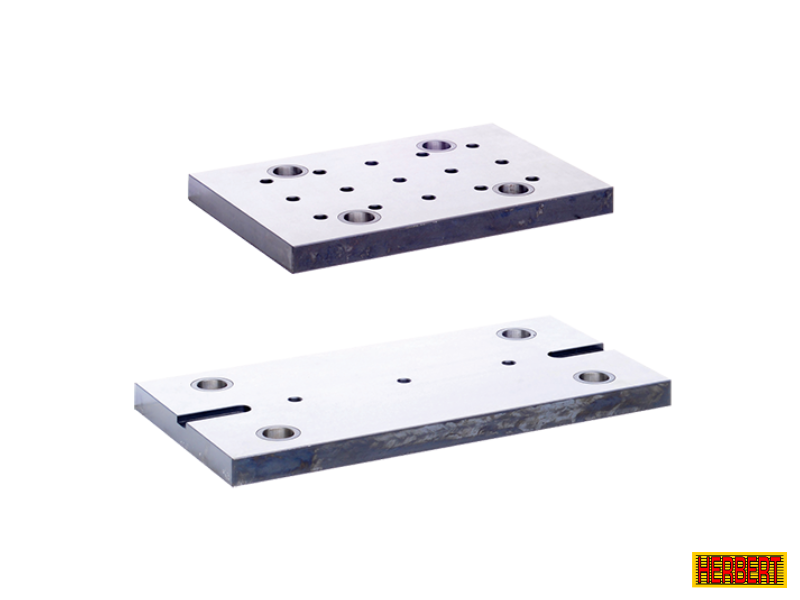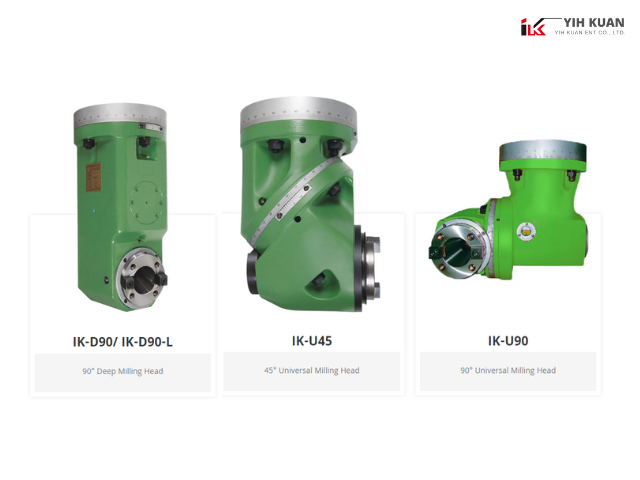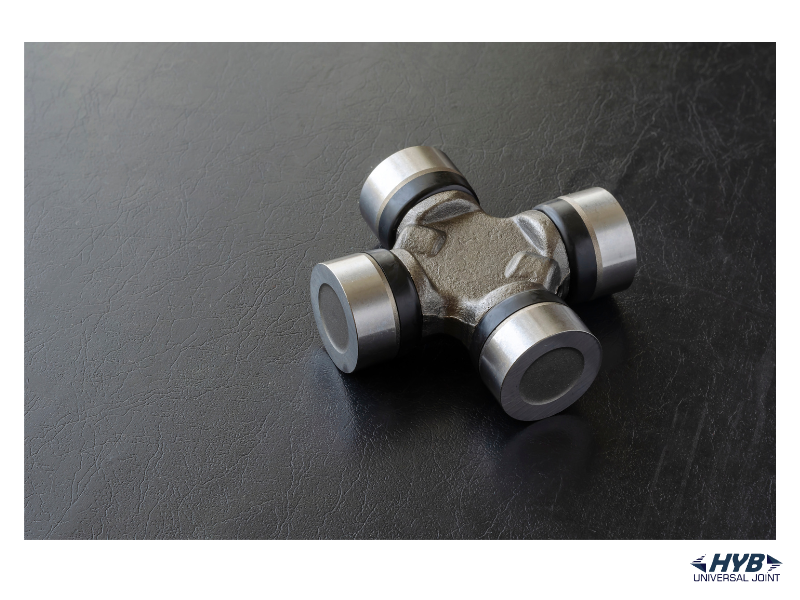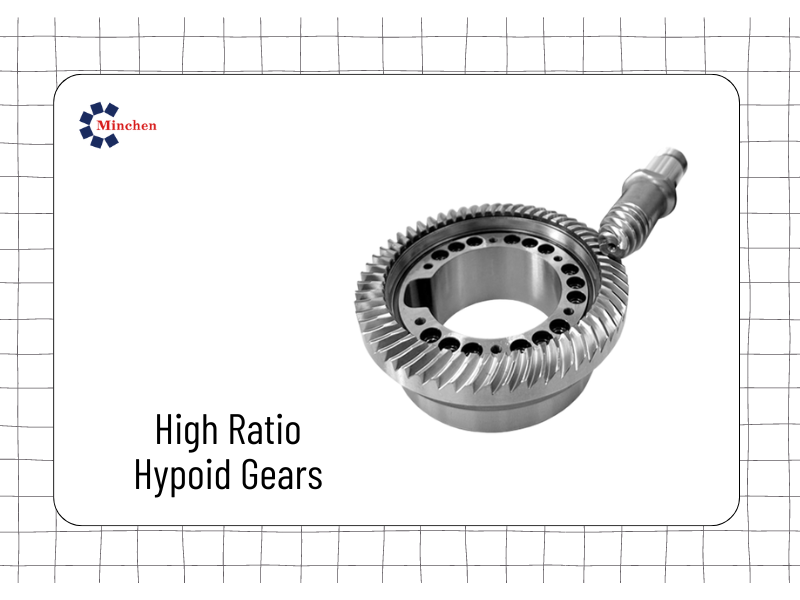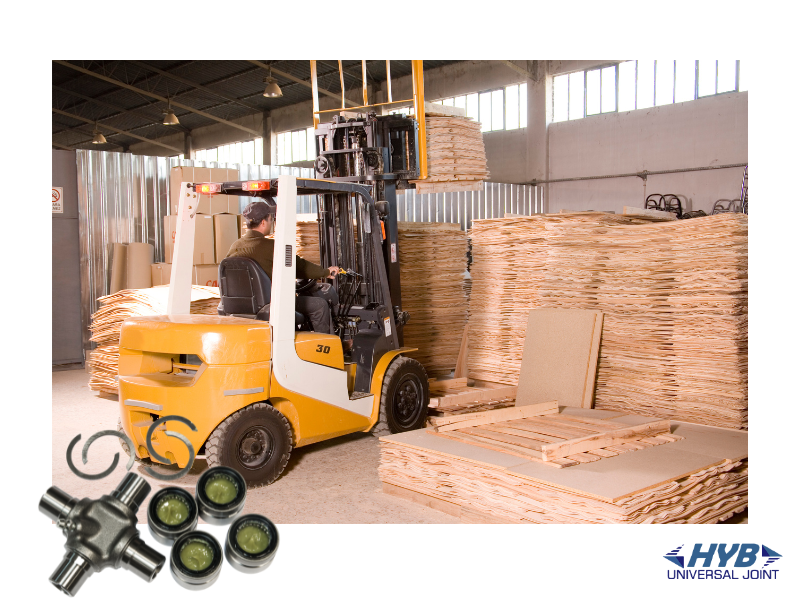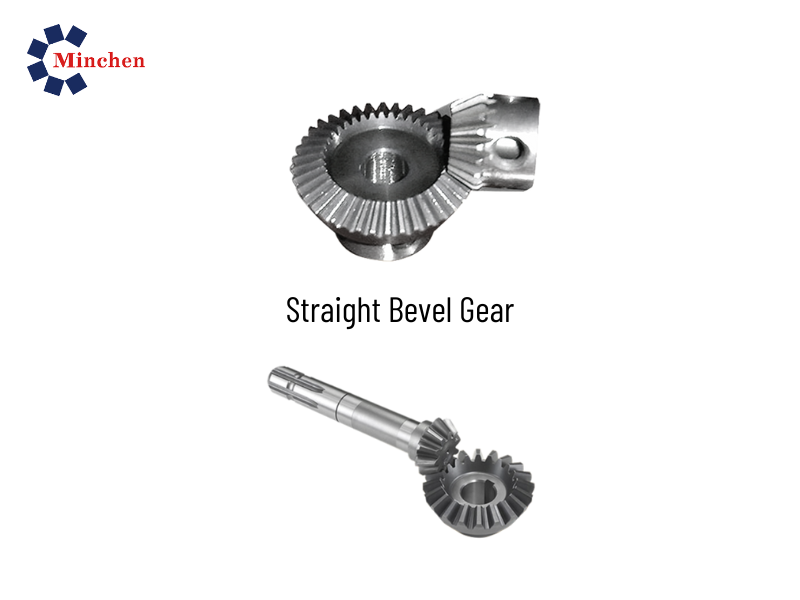Everything You Need to Know About Two-Shot Molding
2022-10-04Mould & Die From:MING-LI PRECISION STEEL MOLDS CO., LTD
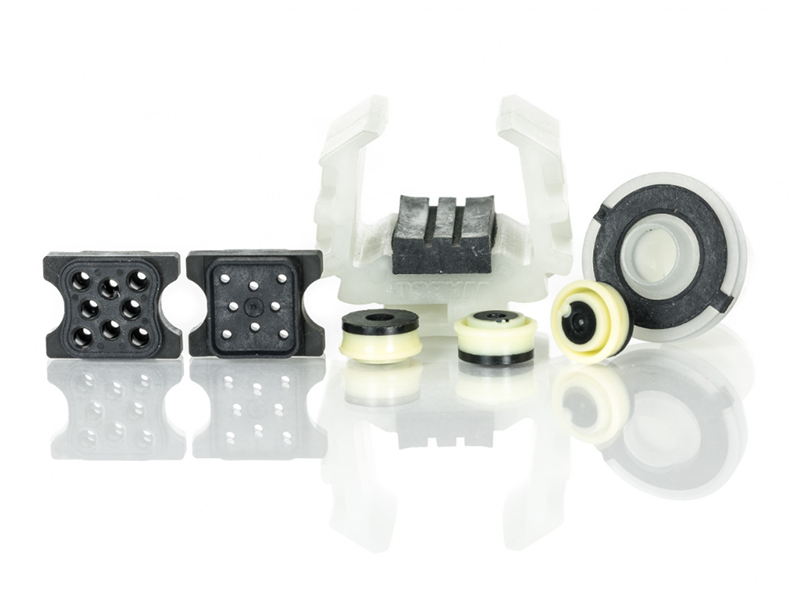
Everything You Need to Know About Two-Shot Molding
Two materials are "over-molded" in one molding cycle during the two-shot molding process, which calls for specialized injection molding equipment. Two-shot molding improves efficiency by eradicating the need to remove half-produced products to complete a second operation, as opposed to the single injection shot utilized in conventional plastic injection molding.
Since it enables you to implement a variety of designs without requiring additional steps from traditional molding, two-shot molding is the best solution for a wide range of plastic injection molding projects. This saves you time and money.
This process can be used to produce a wide range of goods, including toys, medical devices, containers, and automobile parts. Given the flexibility it offers, it is understandable why so many engineers choose two-shot molding design for their intricate molding requirements.
How Does the Two-Shot Molding Process Work?
A cutting-edge manufacturing technique called two-shot injection, also known as 2-material double-injection molding or 2K molding, is used to create intricate molded parts from two different materials. We at Moulds Asia carefully control the injection of numerous materials, including two distinct types of resin, into a single, multi-chambered mold using a highly specialized and automated technique.
One machine that is designed to carry out two injections in one cycle is used for two-shot molding. A nozzle injects plastic into a mold in the first cycle. The mold is then immediately rotated, and a second nozzle injects a different kind of plastic into the mold.
A strong molecular link is produced by two-shot molding, which maximizes the co-polymerization of hard and soft components. The outcome is a single part with advantageous features and manufacture. Across many industries, it may be used for a wide range of product designs. Additionally, it enables the molding of products with clear plastics, colorful graphics, and fashionable finishes, increasing the functionality and market worth of your goods.
What are the Applications of the Two-Shot Molding Process?
For complicated, multicolored, and multi-material plastic goods, characterized by high manufacturing circumstances, two-shot injection molding is the best plastic molding technique. With extensive experience in the automotive sector, Moulds Asia provides services to a wide range of industries, including lawn and garden, agriculture, and consumer.
Two-shot molded parts are utilized in almost every industry, from consumer goods to construction, but they are most frequently used in situations demanding the following:
• parts or components that can move
• rigid surfaces with flexible grips
• Acoustic dampening or vibration
• superficial descriptions or identifications
• components with several materials or colors
Benefits of Using Two-Shot Molding Process
Following are the benefits of using Two- Shot molding process:
• Two-shot plastic molding subsequently produces an assembly with many components more affordably than other plastic molding techniques.
• The number of parts in a finished assembly is decreased using two-shot injection molding, saving an average of $40K in creation, engineering, and validation expenditures for each increased part number.
• With two-shot molding, several components can be molded with a single tool, requiring less work to produce your parts and requiring no post-molding welding or joining of the components.
• When compared to other molding techniques, two-shot allows for lower tolerances, higher levels of precision and accuracy, and lower scrap rates because it is performed within a single tool.
• Two-shot injection molding enables the development of intricate mold designs that combine numerous materials for functionality that is not possible with other molding techniques.
Things to Consider Before Choosing Two-Shot Molding Process for Production
The following things should be kept in mind before choosing the Two-Shot plastic injection molding process for production.
1. Consider the Chemistry of Materials
It's important to take the chemistry of the materials into account when choosing which ones to utilize for two-shot molding. While some materials bind imperfectly, others work well together and create a strong molecular adhesion.
Perform an adhesion test before beginning manufacturing when the adhesive property of two compounds is unclear. When bonding is insufficient, fixes can be incorporated into the design, such as undercuts, grooves, or shoulders, to increase adherence and bind the two compounds together.
2. Choose Material Wisely
Physical, mechanical, chemical, thermal, electrical, heat resistance, and UV resistance are all important considerations when selecting a material for your component.
3. Shut-off Draft Angle
To form holes, snap features, and lengthy through-holes, the mold closes these places to prevent the flow of plastic into those locations.
In such cases, one mold portion seals against the other. Due to this, the sealing faces of the mold can open and close without colliding with one another. Three to five degrees should be the minimum drafting angle. The longer the mold lives, the higher the clearing, and the greater the draft.
4. Consider the Type of Gate, Design, and Location
When using injection molding, the melted resin enters the mold chamber through a channel called a gate. To achieve the ideal part proportions and aesthetic look while preventing warping, the type of gate, design, and location must be taken into account.
Tab and hot-runner gates are the two kinds of gates used in injection molding the most frequently:
• The most popular and efficient gates are tab gates, however, because they are so straightforward, they might not be appropriate for your needs.
• Small round apertures can be seen in hot tip gates. The resin is kept hot enough to pass through the narrow gate hole by the thermostat-controlled heater attached to the back of the mold.
5. Check for the Chemical and Molecular Bonding
For a strong molecular bond to be conceivable, your substrate and second-shot resin should preferably be chemically compatible. The largest leg or surface area is ideal for the joint between the two resins. The second shot is made incredibly difficult to remove by carefully combining the correct materials and joint design.
And even if a high-level chemical bond may be achieved, we nonetheless highly advise using an appropriate mechanical bond if bonding is important to your application.
/
Two-shot injection molding gives designers flexibility since it minimizes the number of manufacturing steps, allowing them to produce a variety of goods in less time and at a cheaper cost.
In addition to having better mechanical bonding, more appealing aesthetics, and better ergonomics than conventional molding techniques, the Two-Shot Molding process's great repeatability boosts its accuracy.
